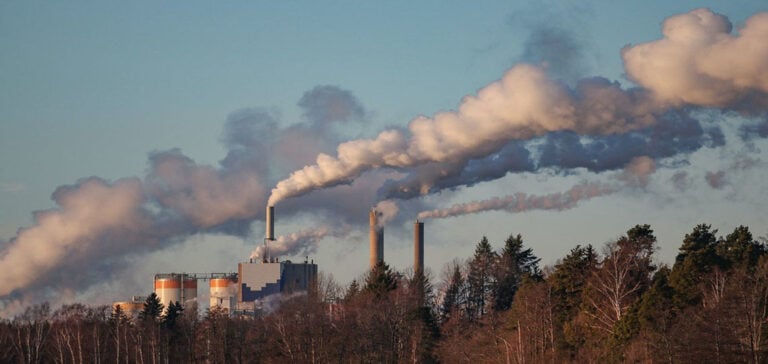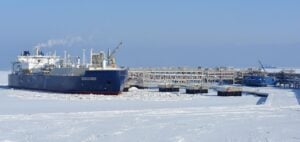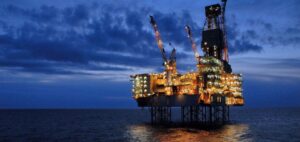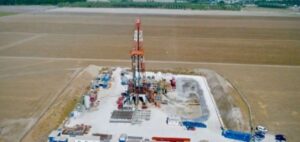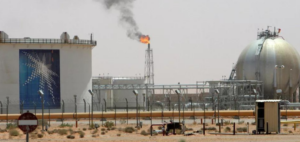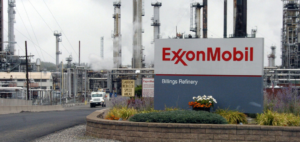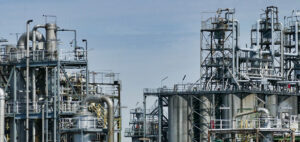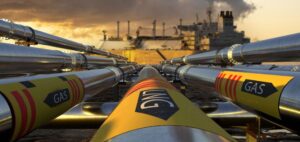Using AI to reduce methane emissions represents a major step forward in the fight against climate change. With market and regulatory pressures driving the oil and gas sector to reduce methane emissions, drillers and pipeline operators are turning to artificial intelligence to fill gaps in their technical expertise and determine the severity of emissions to achieve lower-emission gas production and transportation.
Unique Challenges for Oil and Gas Producers
Oil producers and gas companies face their own challenges in terms of emissions at drilling sites, as well as their own ongoing regulations targeting methane emissions, which data companies such as Project Canary are seeking to solve with continuous monitoring and machine learning systems.
The role of Project Canary
Project Canary started out in the market as a third-party gas certifier, but has since focused primarily on providing more specialized emissions data, with its new business modus operandi aimed at “differentiating” gas through its data services rather than certifying it as “responsible.” The company has nearly 60 customers in U.S. shale basins using its continuous monitoring technologies, feeding data recovered from drilling sites and other facilities via machine learning models.
The Importance of Low-Emission Natural Gas
Natural gas produced with reduced emissions can be described in several ways: differentiated, certified, low-carbon or responsibly sourced. All confer a desirable environmental attribute that is attractive in many markets.
AI for Precise Monitoring
Using AI allows Project Canary to generate a more complete picture of emissions at a given monitoring site and isolate emissions events that diverge from expectations, said co-CEO Will Foiles in an interview. This information can then be used to determine the methane intensity of a given operator’s gas supply.
U.S. regulations and AI
US regulators are accelerating this trend, reinforcing the methane reduction imperative with new rules requiring operators to implement technologies to reduce emissions. The U.S. Pipeline and Hazardous Materials Safety Administration is finalizing a set of new methane performance rules for pipeline operators.
AI at the Heart of Leak Detection
The use of AI has become essential to make the most of the millions of data points obtained from advanced leak detection methods, such as satellite imagery and continuous ground-level detection.
Future predictions thanks to AI
The upstream oil and gas industry is not new to AI in other aspects of its business. For example, Coterra Energy CEO Tom Jorden credits AI with helping predict well performance better than reservoir engineers can.


